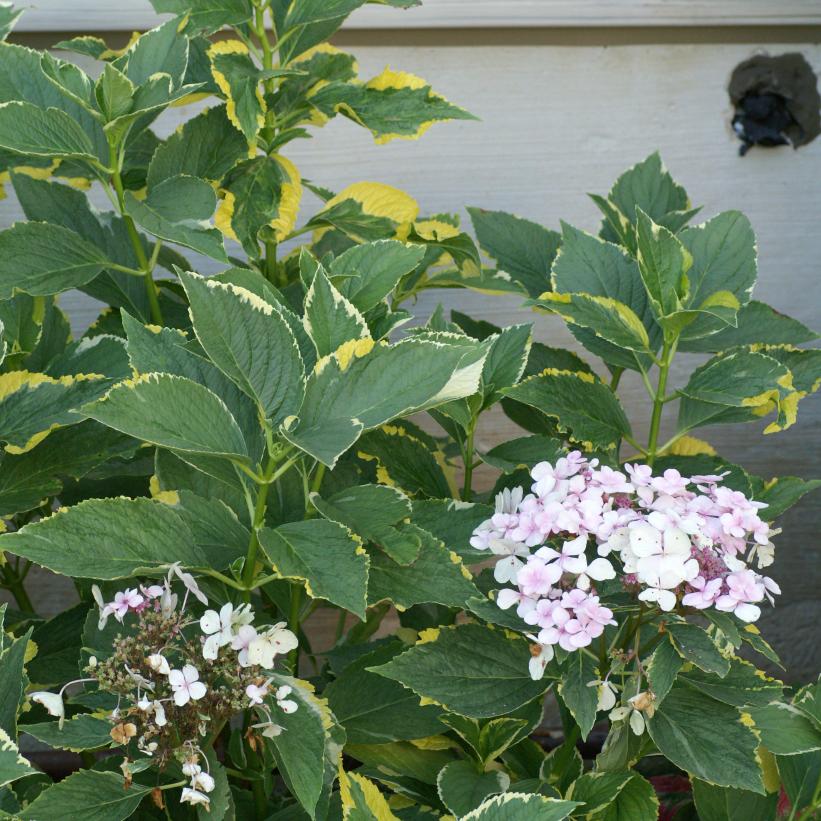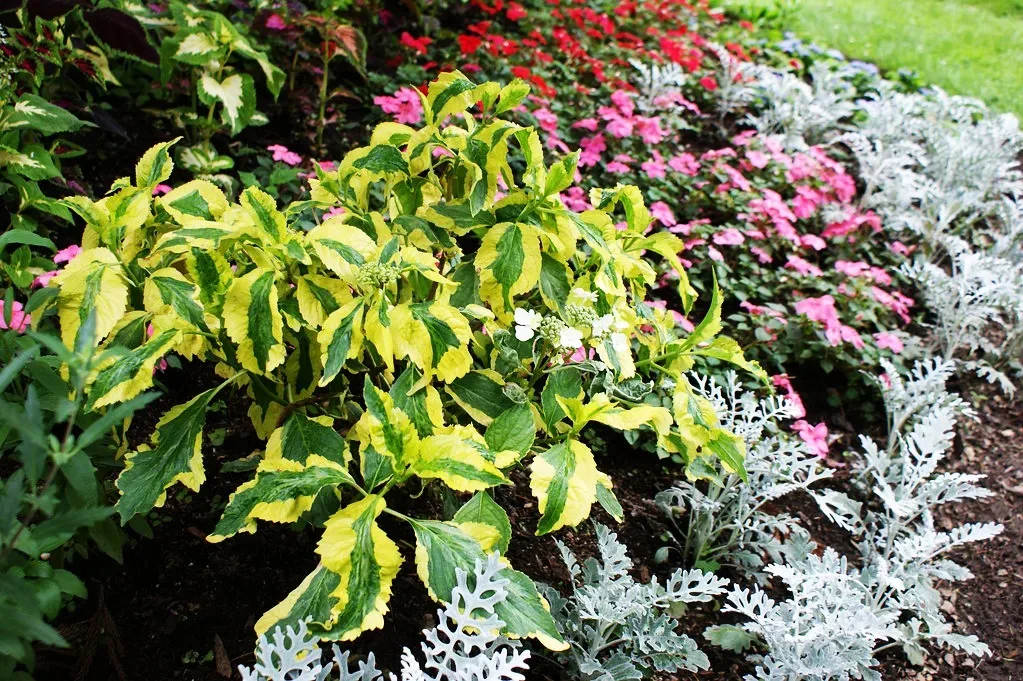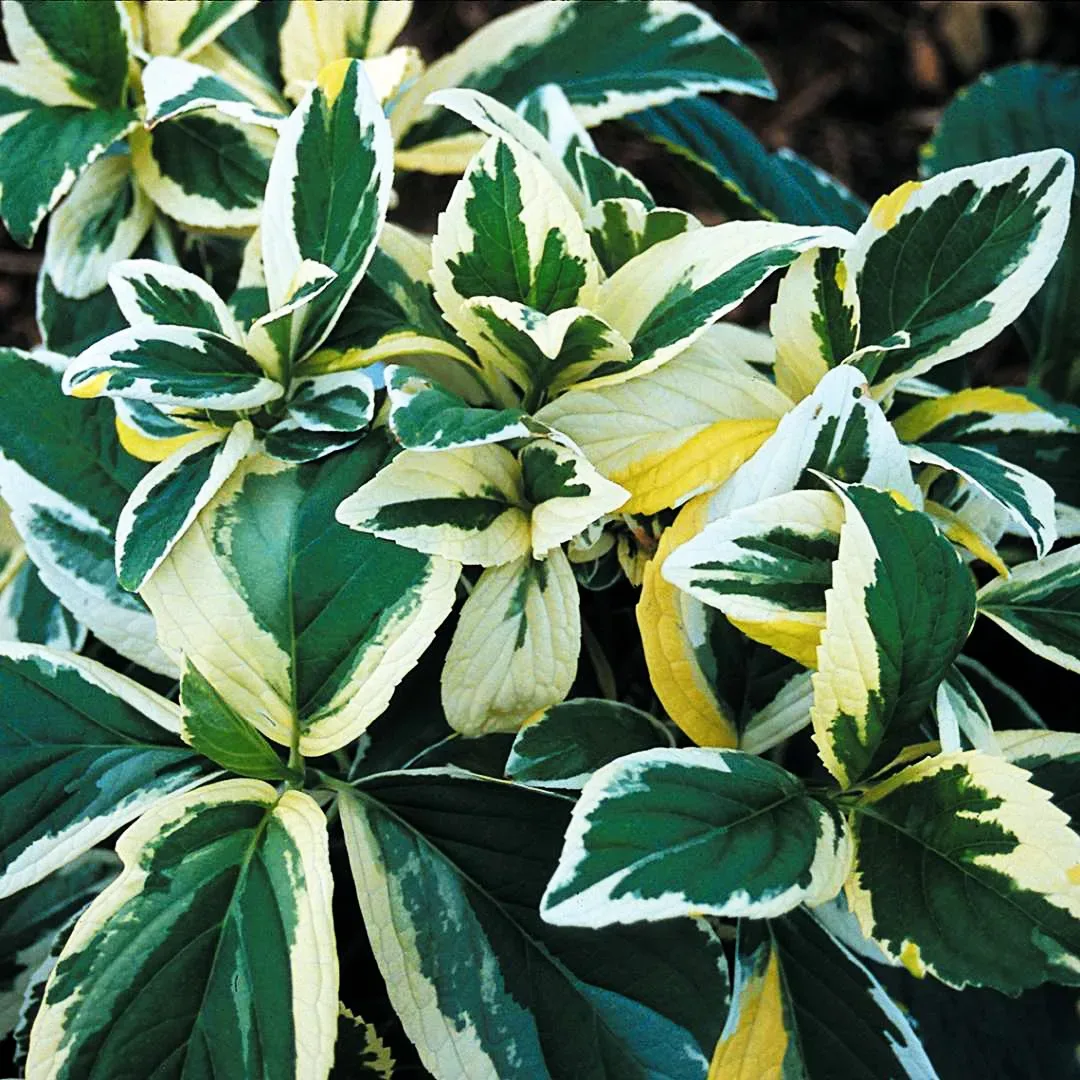The Lemon Wave Hydrangea: A Stunning Addition To Your Garden
The Lemon Wave Hydrangea is a stunning addition to any garden. With its large, lacecap flowers in shades of blue or pink, and its variegated yellow, cream, and green foliage, it is sure to turn heads. Lemon Wave Hydrangeas are relatively easy to care for, and they can thrive in a variety of conditions.
In this blog post, we will discuss the following:
- The history of the Lemon Wave Hydrangea
- The plant's physical characteristics
- How to care for a Lemon Wave Hydrangea
- Where to buy a Lemon Wave Hydrangea
History
The Lemon Wave Hydrangea was first introduced in 1999 by Proven Winners, a plant breeding company in Michigan. It is a hybrid of two other hydrangeas, the Annabelle Hydrangea and the Limelight Hydrangea. The Lemon Wave Hydrangea inherited the best qualities of both of its parents, resulting in a plant that is both beautiful and hardy.
Physical Characteristics
The Lemon Wave Hydrangea is a deciduous shrub that can grow up to 6 feet tall and 5 feet wide. It has large, lacecap flowers that bloom in the summer. The flowers are typically blue or pink, but they can also be white or cream. The leaves of the Lemon Wave Hydrangea are variegated yellow, cream, and green. They are oval-shaped and have a serrated edge.
Care
Lemon Wave Hydrangeas are relatively easy to care for. They prefer full sun to partial shade and moist, well-drained soil. They are not as cold-hardy as some other hydrangeas, so they may need to be protected from frost in colder climates. Lemon Wave Hydrangeas should be fertilized in the spring and fall with a balanced fertilizer. They should also be pruned in the spring to remove dead or damaged wood.
Where to Buy
Lemon Wave Hydrangeas are available at most garden centers and online retailers. They are typically priced between $20 and $40.
Conclusion
The Lemon Wave Hydrangea is a beautiful and versatile plant that can add a touch of elegance to any garden. It is relatively easy to care for and can thrive in a variety of conditions. If you are looking for a new hydrangea to add to your garden, the Lemon Wave Hydrangea is a great option.
If you're looking for a hydrangea with stunning variegated foliage and beautiful lacecap blooms, then the lemon wave hydrangea is a great choice. This deciduous shrub is known for its dark green leaves with irregular yellow, cream, and white margins. In the summer, it produces large clusters of flat, white flowers that can be pink or blue depending on the acidity of the soil.
Lemon wave hydrangeas are relatively easy to care for and can thrive in a variety of conditions. They prefer part shade or dappled sunlight and moist, well-drained soil. To encourage blooms, fertilize your lemon wave hydrangea in the spring and fall. You can also prune it in the spring to shape it and remove any dead or damaged branches.
If you're interested in learning more about lemon wave hydrangeas, I recommend visiting . This website has a wealth of information about this plant, including its care requirements, growing conditions, and pest and disease resistance. You can also find photos and videos of lemon wave hydrangeas in bloom.
FAQ of lemon wave hydrangea
- What is a lemon wave hydrangea?
A lemon wave hydrangea is a deciduous shrub that is native to Japan. It is known for its large, wavy-edged leaves and its lemon-yellow flowers. Lemon wave hydrangeas grow 3-6 feet tall and wide, and they bloom in mid-summer. They are hardy in USDA zones 6-9.
- How do I care for a lemon wave hydrangea?
Lemon wave hydrangeas prefer well-drained soil that is rich in organic matter. They need to be watered regularly, especially during the hot summer months. They also benefit from a light application of fertilizer in the spring. In the fall, you can add a layer of mulch around the base of the plant to help protect it from the cold.
- How do I make my lemon wave hydrangea flowers bluer?
The color of lemon wave hydrangea flowers is affected by the acidity of the soil. To make your flowers bluer, you can add aluminum sulfate to the soil. You can do this by mixing 1 tablespoon of aluminum sulfate with 1 gallon of water and pouring the solution around the base of the plant. You should do this in late autumn or early spring.
- How do I prune a lemon wave hydrangea?
Lemon wave hydrangeas do not need to be pruned heavily. However, you can prune them immediately after flowering by cutting back flowering stems to a pair of healthy buds. You can also prune out weak or winter-damaged stems in late winter or early spring.
- What are some common problems with lemon wave hydrangeas?
Some common problems with lemon wave hydrangeas include:
- Leaf spot: This is a fungal disease that causes brown or black spots on the leaves. You can treat leaf spot with a fungicide.
- Mildew: This is a fungal disease that causes a white, powdery growth on the leaves. You can treat mildew with a fungicide.
- Aphids: These are small, sap-sucking insects that can damage the leaves and flowers. You can control aphids with insecticidal soap or neem oil.
Image of lemon wave hydrangea
5 different images of "lemon wave hydrangea" from Pinterest:




Post a Comment for "The Lemon Wave Hydrangea: A Stunning Addition To Your Garden"